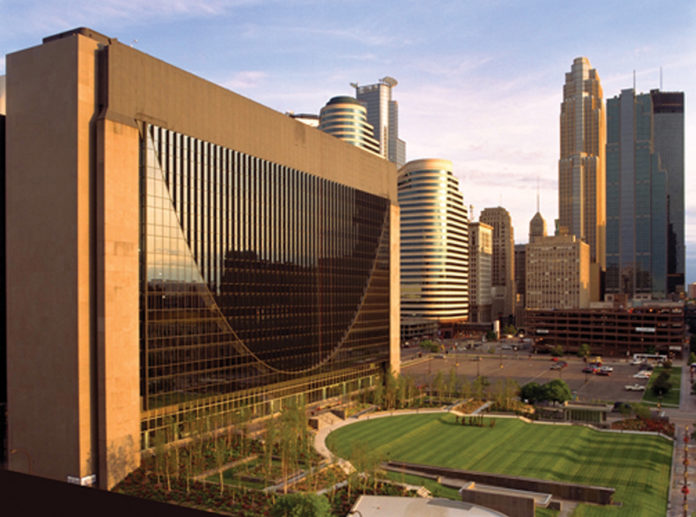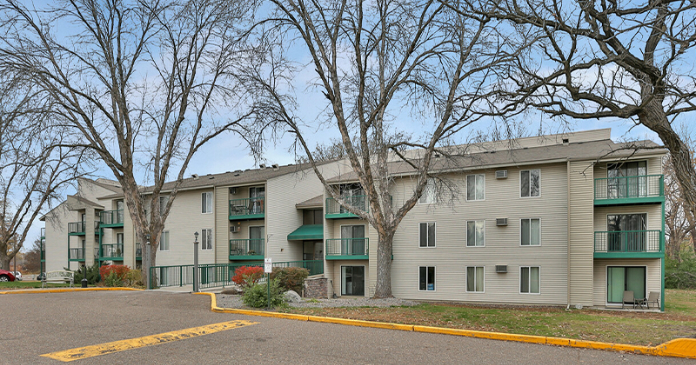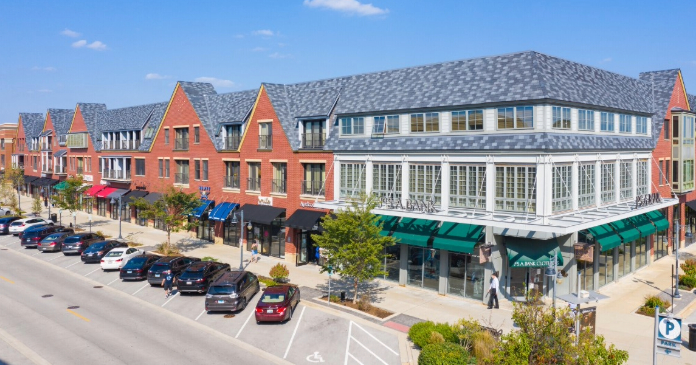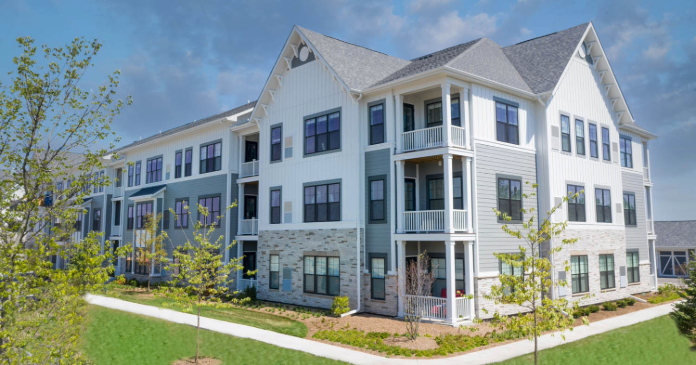
The sustainability consultants at Minneapolis-based Sustology saw the stream, which runs from the Mississippi River underneath the Pillsbury A Mill, as a rare opportunity for installing a hydro-thermal system for warming and cooling the building.
“Most people would be familiar with it as a radiator system,” said Kim Havey, VP of operations. “It’s very similar. But rather than a boiler it’s using heat exchangers and compressors to extract heat, or release heat into the water.”
The hydro-thermal system eventually will be installed in the A Mill project, which is being redeveloped into an apartment community for artists by Plymouthbased Dominium.
The system represents the kind of creative approach to sustainability that Sustology promote in their work.
Havey and CEO Craig Wilson, formed the consultancy in 2008 to help companies become more sustainable through solar energy, green roofs, storm water management and improved energy efficiency.
The company has worked on projects totaling more than 3.5 million sq. ft. of office and warehouse space. Perhaps its most high-profile project is Marquette Plaza in downtown Minneapolis, which achieved LEED (Leadership in Energy and Environmental Development) Platinum certification from the U.S. Green Building Council.
The 2010 retrofit involved reducing annual water consumption by 700,000 gallons and landfill waste by 89 tons. All energy consumption is offset with wind and solar credits. The building’s owner, BASE Management, waited only 18 months to see its entire investment recouped in cost savings, said Wilson, whose firm leases space in Marquette Plaza.
A feasibility study by Sustology resulted in a green roof for the Target Center in downtown Minneapolis and another focused on what it would take to start urban agriculture in downtown.
“I would say they have a consummate knowledge of all things sustainable, and develop creative solutions to sustainable challenges,” said David Motzenbecker, landscape architecture director for the BKV Group and a collaborator of Sustology’s on the Pillsbury A Mill project.
The Minneapolis Park and Recreation Board recently asked Sustology for a plan to make its headquarters near the Mississippi River more sustainable and pedestrian-friendly. As Wilson points out, the Park Board will ask developers in future projects to build green so it behooves the agency to walk the walk.
Sustology’s long-range plan for the board’s office calls for installing a storm water retention system, a green roof, solar energy, improved nocturnal lighting, wider walkways and more bike parking. “We call this project, ‘putting the park in the parking lot,'” said Wilson.
One of Sustology’s largest clients is Minneapolis-based Murphy Warehouse Co. Richard Murphy Jr., the company’s president and CEO, is a longtime supporter of energy efficiency and came to Sustology for ideas on creating more energy efficient warehouses.
Sustology suggested adding solar power, storm water retention capacity and other energy saving features. The company made those improvements and earned LEED certification on three warehouses, with two more in the LEED pipeline.
“We look at them as partners and not just as a consultant because they’re always looking for ways to help us be more sustainable,” Murphy said.
In fact, the two warehouses-both LEED certified-once emitted the equivalent of 5,000 metric tons of carbon annually, which the improvements reduced to 500 metric tons.
“Going from 5,000 to 500 is pretty dramatic, and we have a goal of making those two warehouses carbon neutral,” he added.
To some extent, Sustology’s trajectory mirrors that of the real estate market. Early clients were new condo and commercial projects. As the market slowed, Sustology shifted gears to working on making existing buildings more energy-efficient while learning a new vocabulary of speaking to clients in terms of return-on-investment.
The founders say companies have come calling with interest in adding sustainability to their bottom line.
“There’s a major sea change-the 21st century is a different paradigm than the 20th and they (corporations) feel like they need to be prepared for it and they need people like us to help them prepare for it,” said Wilson.
Havey and Wilson came together after much different careers. A former bank investment broker, Havey worked 15 years for the city of Minneapolis, managing development projects such as the 140-acre Heritage Park.
Wilson traveled globally before family drew him back to Minneapolis. He found work as a community organizer in the Longfellow neighborhood while training to become a landscape architect.
“We really are concerned about the environment, first and foremost,” Wilson said. “We could be doing any number of things with our careers but this is what we’re passionate about.”

Author: Frank Jossi
















